Growing Adoption of IoT Devices
The proliferation of Internet of Things (IoT) devices is significantly influencing the Unified Monitoring Market. As more devices become interconnected, the need for effective monitoring solutions that can manage and analyze data from these devices is becoming increasingly apparent. Organizations are seeking unified monitoring systems that can provide comprehensive visibility across diverse IoT ecosystems, enabling them to optimize performance and ensure reliability. It is estimated that the number of connected IoT devices will exceed 75 billion by 2025, creating a substantial market opportunity for unified monitoring solutions that can handle the complexities associated with such vast networks. This trend underscores the importance of integrating IoT capabilities into unified monitoring frameworks.
Increased Focus on Cybersecurity
As cyber threats continue to evolve, the Unified Monitoring Market is witnessing an increased focus on cybersecurity measures. Organizations are prioritizing the implementation of comprehensive monitoring solutions that can detect and mitigate potential security breaches in real-time. The integration of advanced threat detection capabilities within unified monitoring systems is becoming essential for safeguarding sensitive data and maintaining operational integrity. Recent data suggests that The Unified Monitoring Market is expected to reach over 300 billion dollars by 2025, highlighting the critical role that unified monitoring solutions play in enhancing organizational security postures. This emphasis on cybersecurity is likely to drive further innovation and investment in the unified monitoring sector.
Shift Towards Automation and Efficiency
The trend towards automation and operational efficiency is significantly impacting the Unified Monitoring Market. Organizations are increasingly seeking solutions that can automate monitoring processes, thereby reducing manual intervention and enhancing overall efficiency. This shift is driven by the need to streamline operations and minimize human error, which can lead to costly disruptions. Unified monitoring solutions that incorporate automation features are becoming essential for organizations aiming to optimize their resource allocation and improve response times. Market analysis indicates that automation in IT operations is expected to grow substantially, with many organizations recognizing the potential for unified monitoring systems to facilitate this transition. This trend is likely to continue shaping the future of the unified monitoring landscape.
Regulatory Compliance and Data Governance
The Unified Monitoring Market is also being shaped by the growing emphasis on regulatory compliance and data governance. Organizations are under increasing pressure to adhere to various regulations concerning data privacy and security, necessitating robust monitoring solutions that can ensure compliance. Unified monitoring systems are being designed to provide comprehensive oversight of data handling practices, enabling organizations to identify and rectify potential compliance issues proactively. Recent reports indicate that non-compliance can result in substantial financial penalties, further incentivizing organizations to invest in unified monitoring solutions. This focus on compliance is likely to drive demand for advanced monitoring technologies that can facilitate adherence to regulatory standards.
Rising Demand for Real-Time Data Analysis
The Unified Monitoring Market is experiencing a notable surge in demand for real-time data analysis. Organizations are increasingly recognizing the necessity of immediate insights to enhance decision-making processes. This trend is driven by the proliferation of data generated from various sources, necessitating sophisticated monitoring solutions that can process and analyze this information instantaneously. According to recent estimates, the market for real-time analytics is projected to grow at a compound annual growth rate of approximately 30% over the next five years. This growth indicates a robust appetite for unified monitoring solutions that can seamlessly integrate with existing data infrastructures, thereby facilitating timely responses to emerging challenges and opportunities.
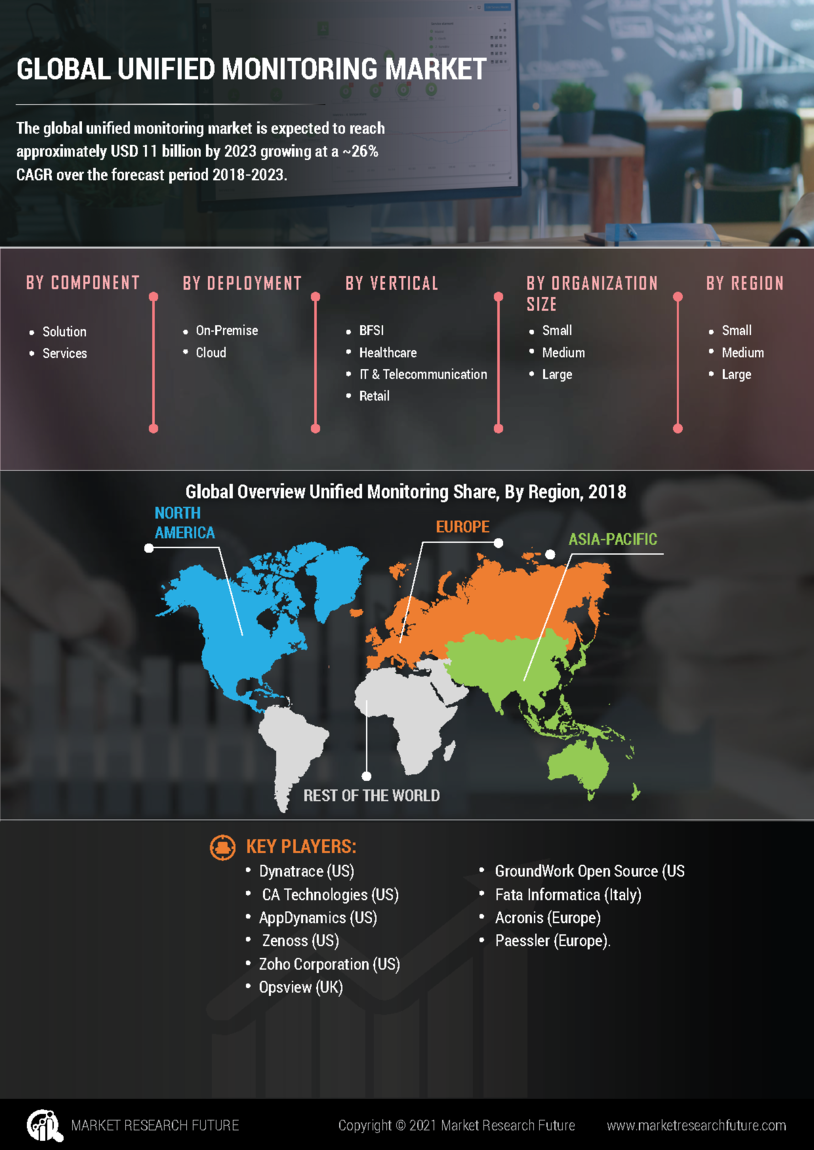

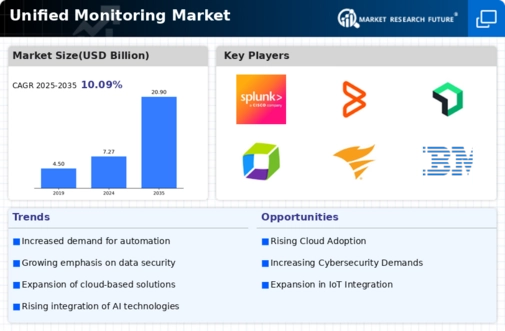
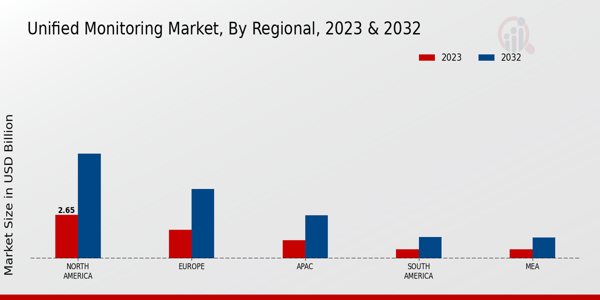
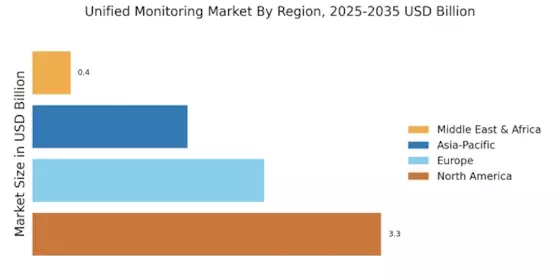

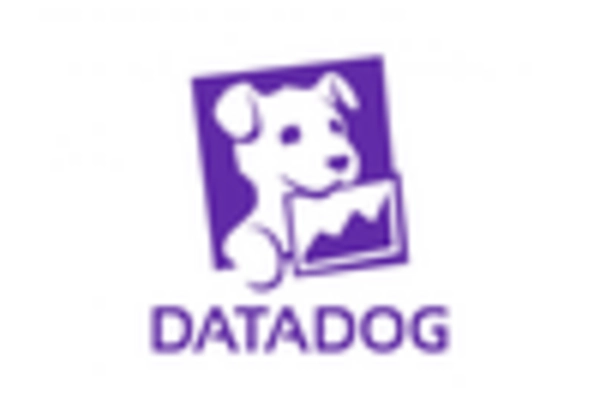
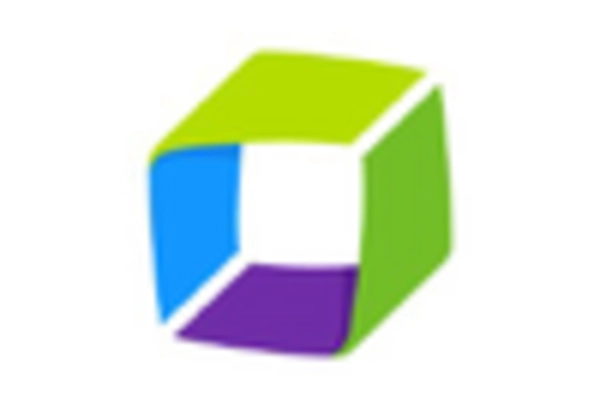

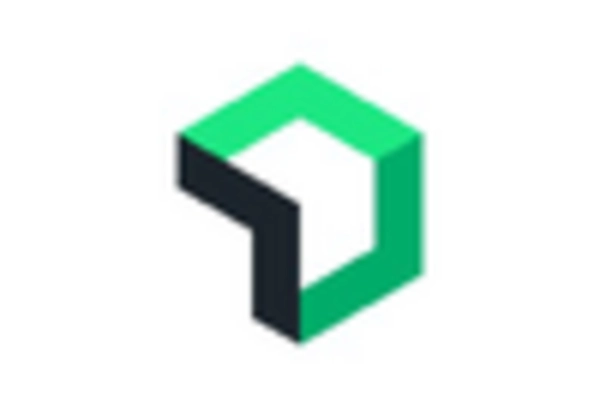
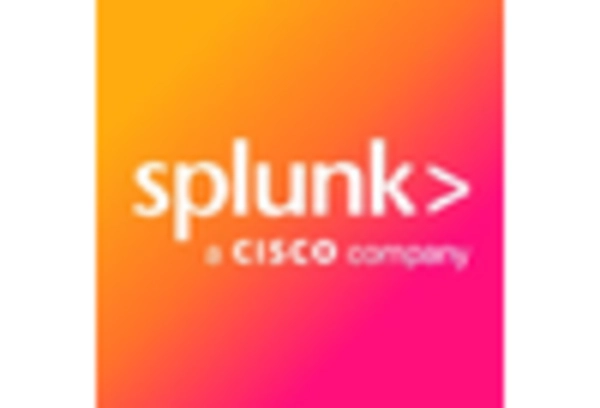








Leave a Comment